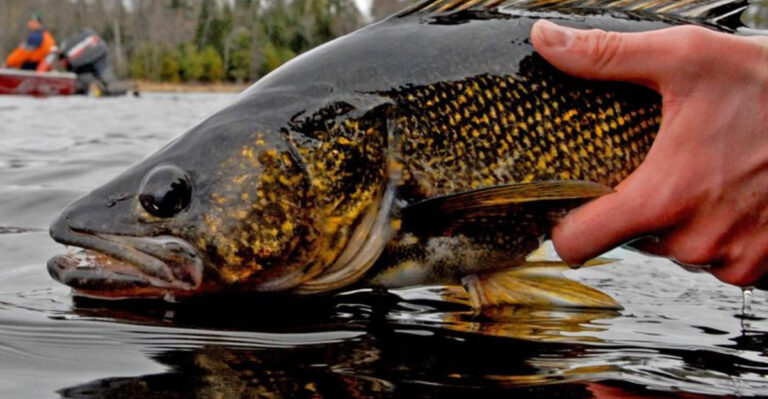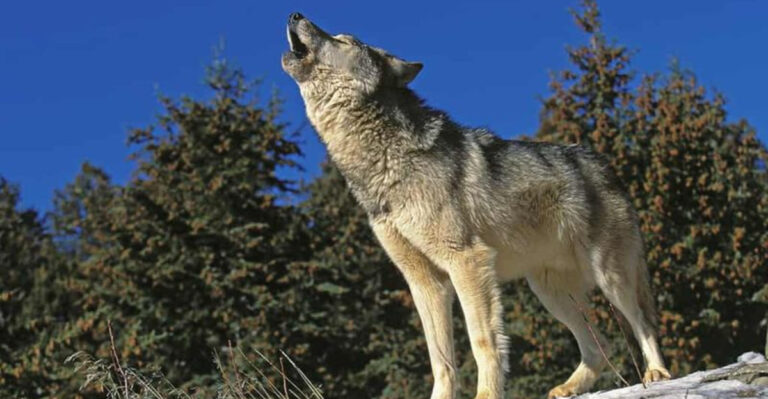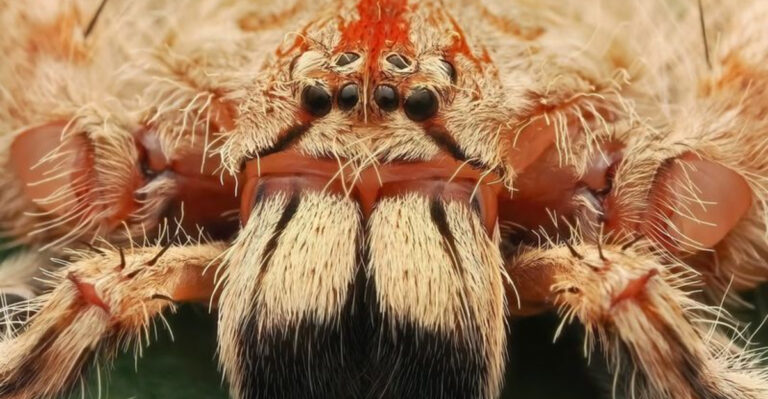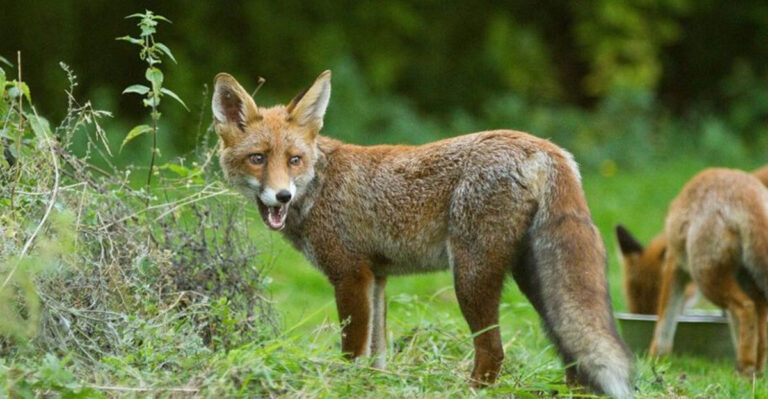14 New Species Discovered This Year
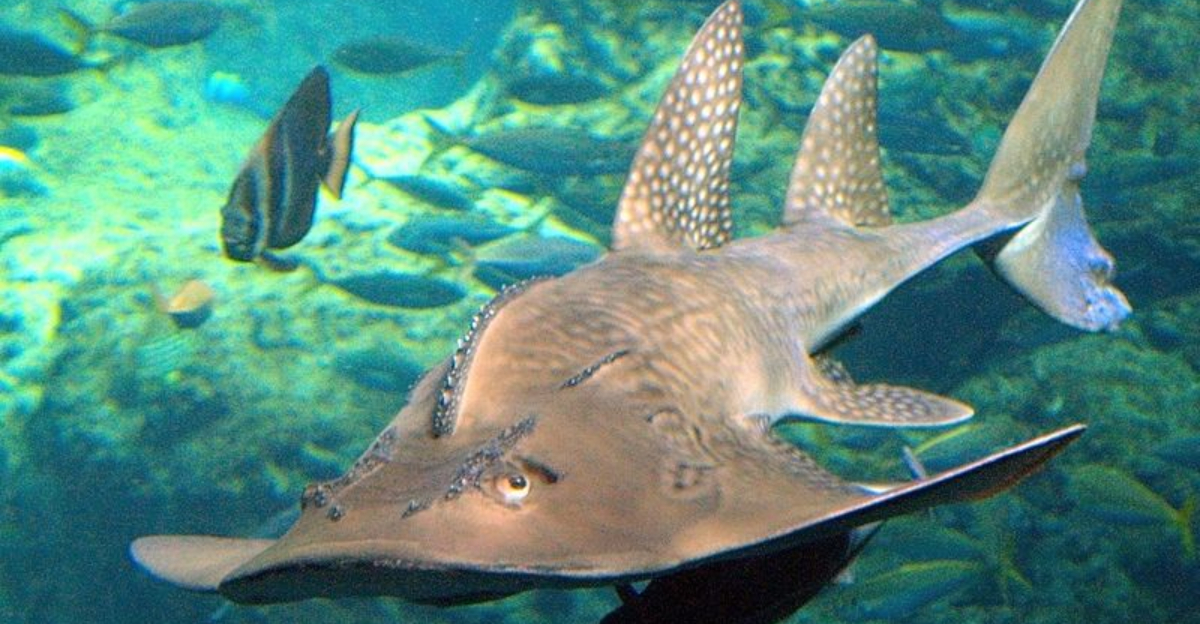
Our planet continues to surprise scientists with hidden treasures waiting to be found. This year, researchers across the globe have identified fifteen remarkable new species, from colorful birds to venomous spiders.
These discoveries remind us that Earth’s biodiversity remains largely unexplored, with countless creatures still awaiting scientific recognition.
1. Babar Myzomela
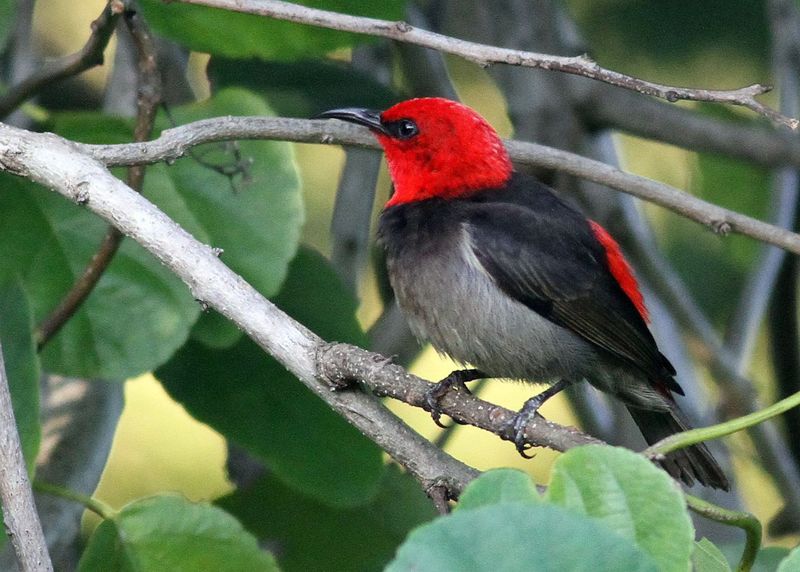
Males of this vibrant honeyeater sport striking black-and-red plumage that stands out against Indonesia’s tropical foliage. Ornithologists confirmed the bird as distinct from its cousin, the Banda Myzomela, after careful study of its unique songs and smaller size.
Named after its Indonesian island home, this nectar-loving bird represents how isolated islands often harbor undiscovered species hiding in plain sight.
2. Heavenly Poison Dart Frog
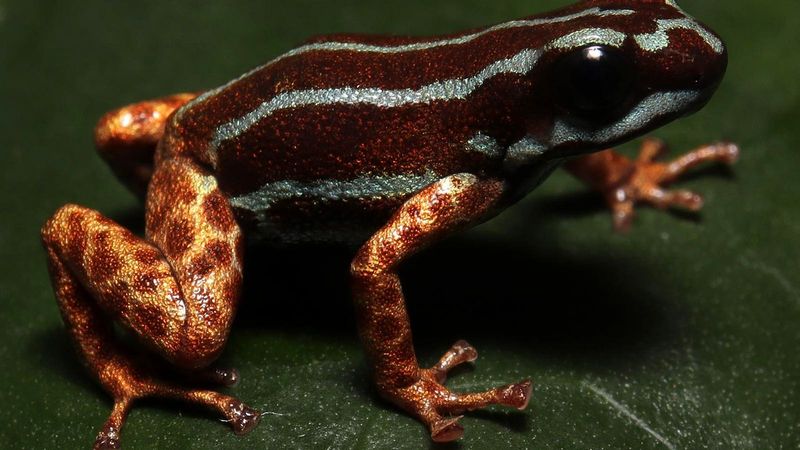
Barely larger than a thumbnail, this stunning amphibian dazzles with electric sky-blue streaks against dark skin and coppery-orange legs. Scientists stumbled upon it in a remote palm-rich corner of Brazil’s Amazon rainforest, where its rapid-fire call echoes through the understory.
The name “aetherea” perfectly captures its ethereal beauty—the first new Ranitomeya species identified in a decade.
3. Voss’s Dwarf Porcupine
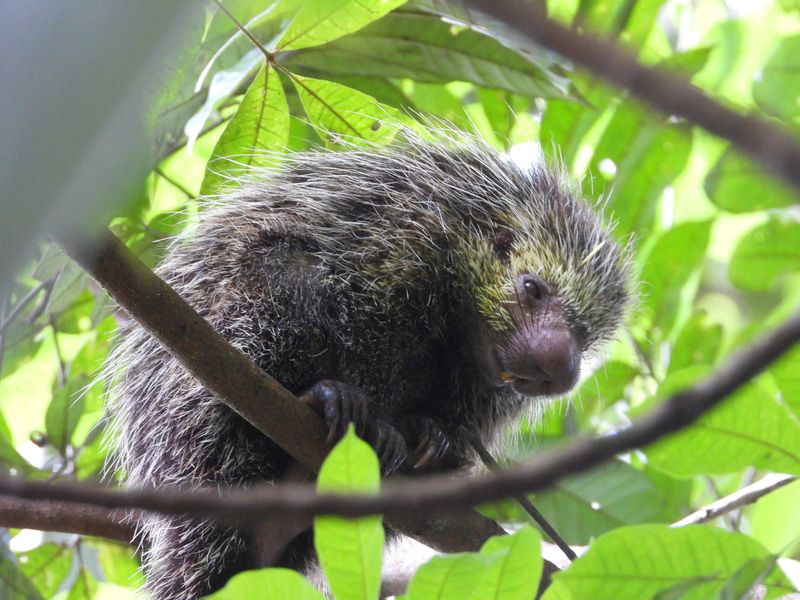
Tucked away in Colombia’s mountain valleys lives this newly recognized porcupine with two-toned quills and an extraordinarily long prehensile tail. Smaller than its relatives, this arboreal mammal navigates forest canopies with remarkable agility, using its tail like a fifth limb. Researchers distinguished it from similar species after noticing subtle differences in size, coloration, and genetics during a comprehensive review.
4. Snake River Plains Ground Squirrel
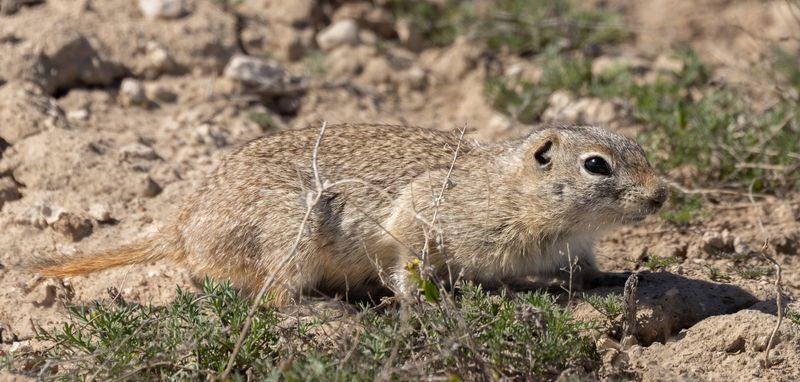
Scampering through sagebrush-steppe habitats, this rodent remained hidden in scientific plain sight until genetic testing revealed its secrets. Formerly lumped with the Piute ground squirrel, this Idaho native shows subtle but important differences in its DNA and physical features.
The discovery highlights how even well-studied regions of North America still harbor undocumented biodiversity, especially among look-alike species.
5. Papillated Redbait Fish
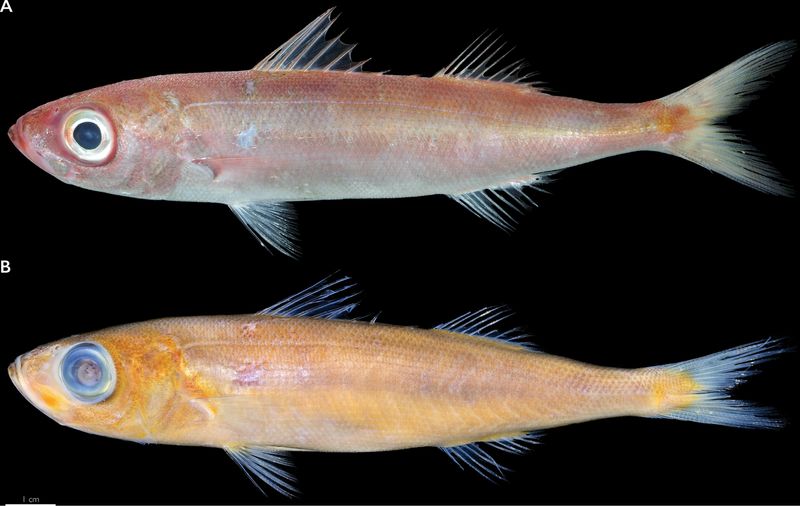
Sometimes science happens at the fish market! This rosy-colored deepwater fish with distinctive nipple-like protrusions on its fins first caught researchers’ attention when it appeared for sale in Philippine markets. Locals call it “rebentador pula” (red exploder) in Tagalog.
The discovery proves that even commonly harvested seafood can harbor unknown species, expanding a fish family with relatively few documented members.
6. Solstice Swallowtail Butterfly
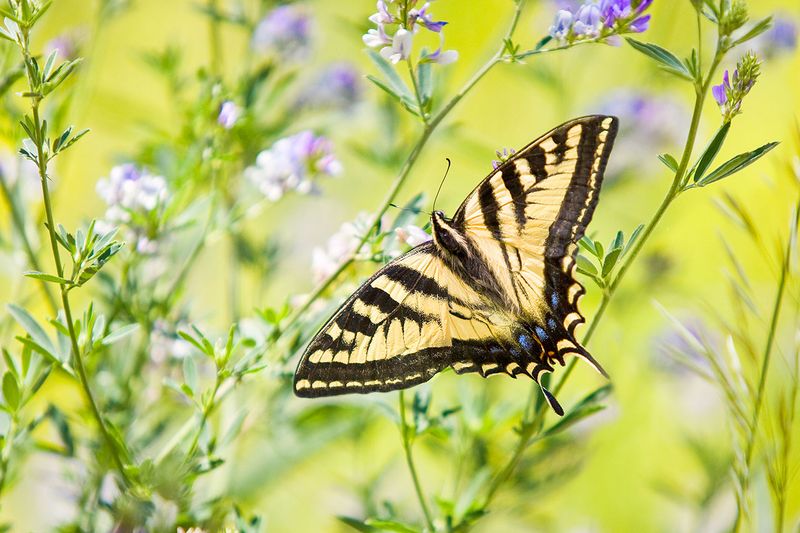
Who would guess that a butterfly so similar to familiar eastern swallowtails could be an entirely different species? This beautiful insect hid its true identity through timing—emerging in midsummer rather than spring.
Genetic studies confirmed what observant butterfly enthusiasts had suspected for years. Named for its emergence around the summer solstice, this discovery proves that even well-studied regions like eastern North America can yield surprising new creatures.
7. Curiously Isolated Hairstreak
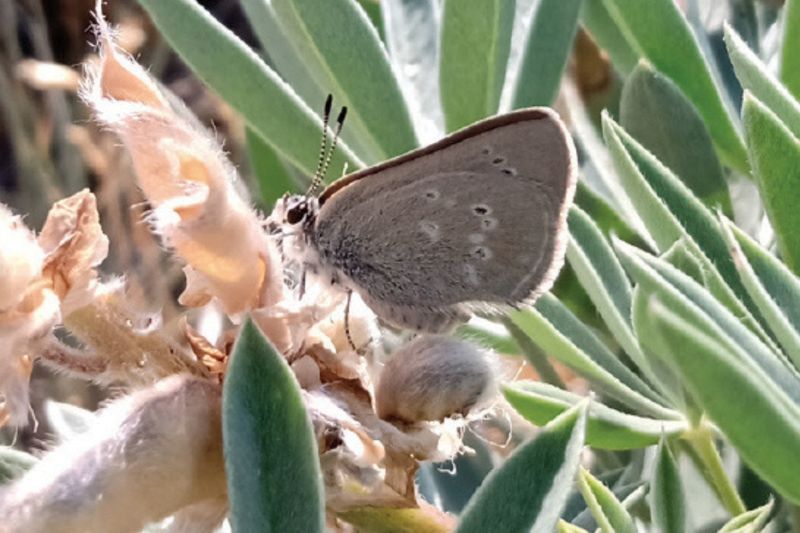
For 40,000 years, this tiny brown butterfly has existed in splendid isolation on a single Canadian prairie alluvial fan. What makes it fascinating? Despite looking similar to relatives, it feeds exclusively on silvery lupine and forms partnerships with specific ants that protect it in exchange for honeydew secretions.
Its name—curiosolus or “curiously alone”—reflects both its isolation and the wonder it inspires in researchers who discovered its unique genetic signature.
8. Magnificent Turrid Snail
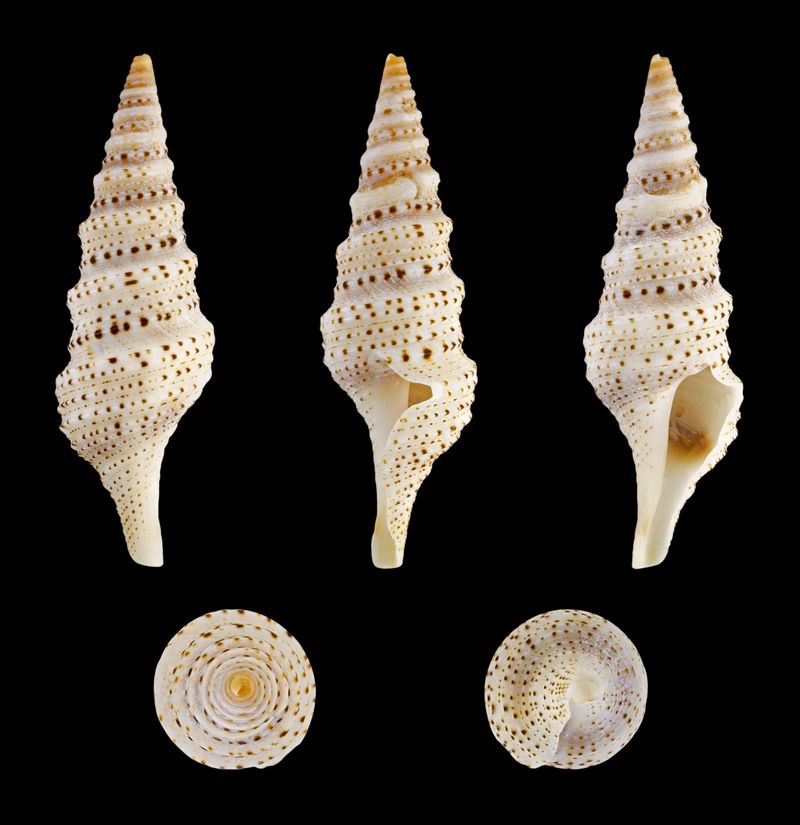
Beneath Pacific waves lurks this predatory sea snail with an elongated, sculptured shell and venomous harpoon-like teeth. Unlike most microscopic turrids, this species is relatively large and strikingly beautiful—hence its name “magnifica.”
Ocean Census researchers found it prowling depths between 200-500 meters near New Caledonia, highlighting how deep ocean explorations continue to reveal extraordinary creatures with potential medical applications from their toxins.
9. Guitar Shark
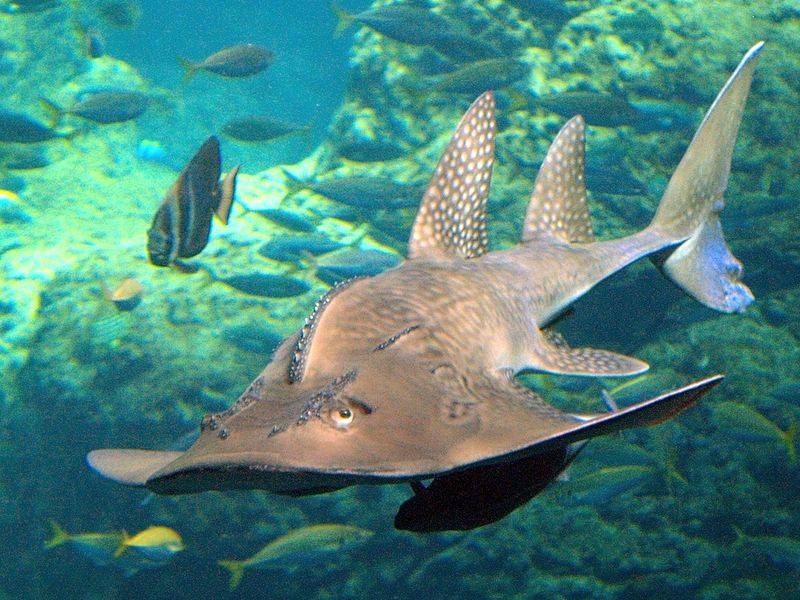
With a body shaped remarkably like its namesake instrument, this newly identified guitarfish represents only the 38th known species in its family. Discovered off Mozambique’s coast, it combines features of both sharks and rays—a flattened body with a distinctive long snout.
Currently known by its provisional name “Rhinobatos Kwanza,” this discovery reminds us that even large marine creatures can escape scientific detection until dedicated researchers explore undersampled ocean regions.
10. Scawfell Island Sunskink
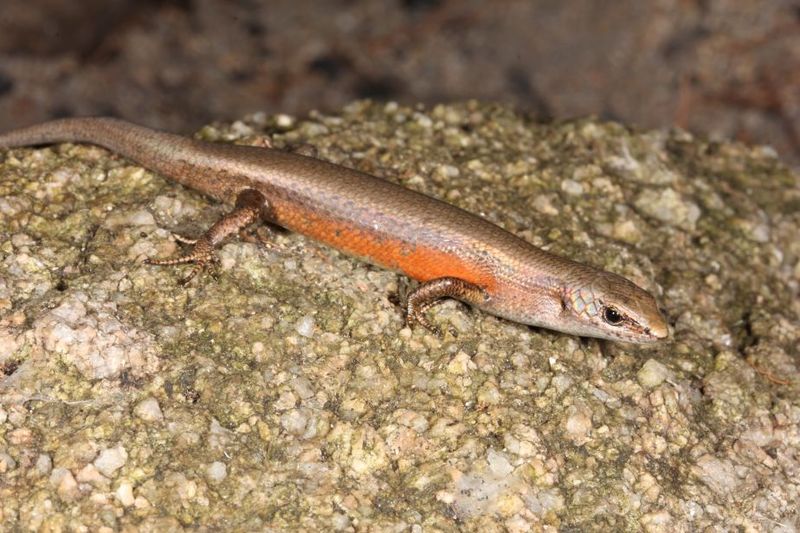
First spotted in 2021, this diminutive lizard with eye-catching orange flecks along its brown sides finally received official recognition. Only found on one small Queensland island, it spends sunny days darting through rocky rainforest gullies hunting tiny insects.
The discovery of this endemic reptile emphasizes how even small offshore islands can harbor unique evolutionary stories—this lizard shares its isolated home with just one other endemic reptile, a leaf-tailed gecko.
11. Magnificent Alien Sponge
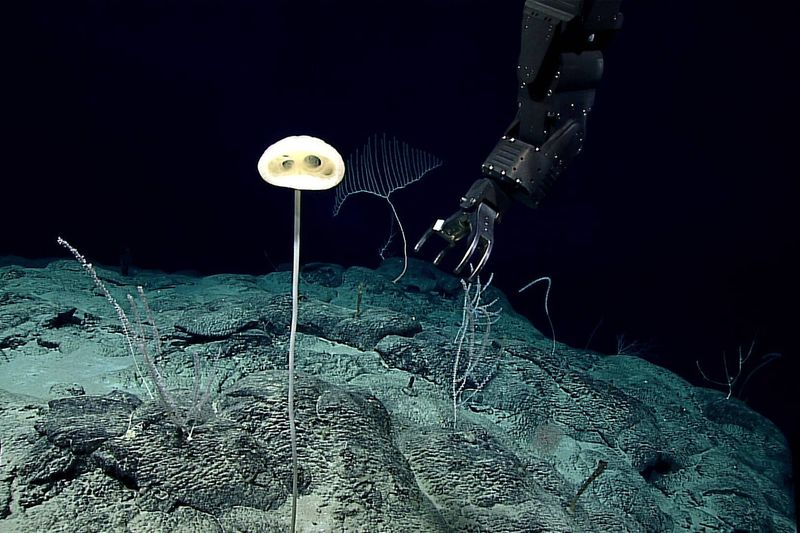
So bizarre-looking that scientists named it after an “alien visitor,” this remarkable glass sponge was first spotted in 2017 at an underwater site nicknamed “Forest of the Weird.” Its semi-translucent lattice-like skeleton creates an elaborate structure unlike any known sponge.
Anchored 2,400 meters below the ocean’s surface, this magnificent creature reminds us that Earth’s deep waters might as well be another planet for all we know about them.
12. Nuñez-Cortéz’s Rainfrog
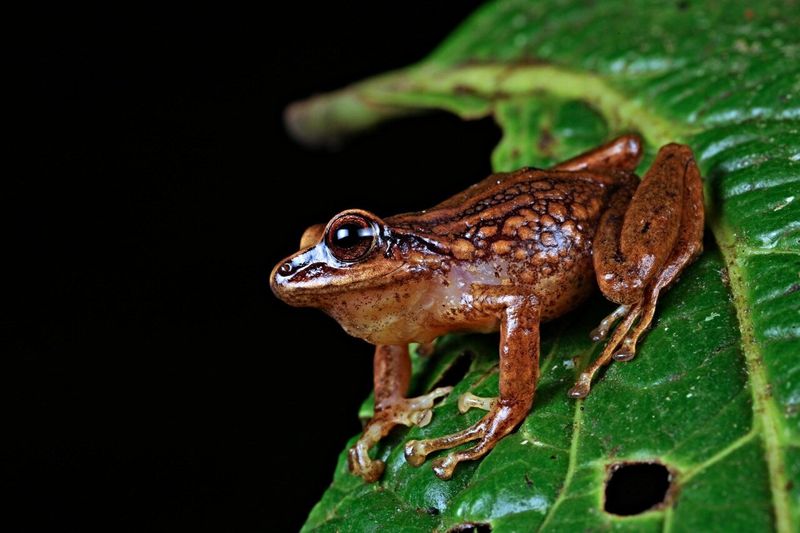
Named to honor a local conservation champion, this medium-sized frog bears distinctive black blotches in its underarm and groin regions. Scientists found it hopping near cool montane streams in a regenerating forest fragment, highlighting nature’s resilience.
The discovery forms part of an amphibian treasure trove found along isolated Andean ridges, where each mountain can harbor entirely different species from its neighbors just kilometers away.
13. Yonque Frog
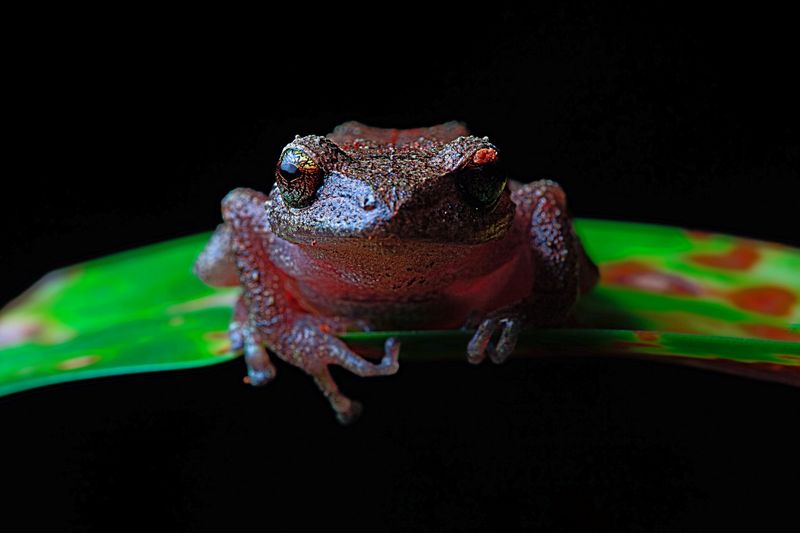
Measuring barely 20mm, this miniature frog makes its home exclusively inside water-holding bromeliads high in Peru’s cloud forests. Its muted green-brown coloration provides perfect camouflage among the plants it never leaves.
Named after a local sugarcane spirit that mountain residents drink to ward off chilly temperatures, this tiny amphibian symbolizes the micro-endemism that makes Andean biodiversity so remarkable yet vulnerable to habitat changes.
14. Christensen’s Funnel-Web Spider
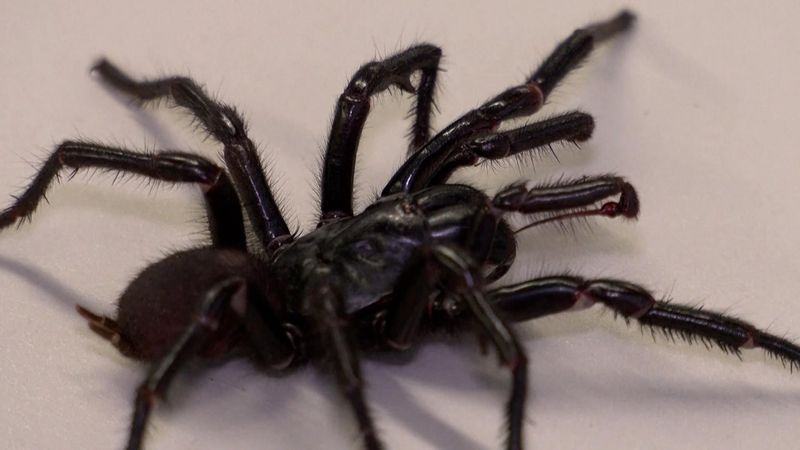
Nicknamed “Big Boy” for good reason, this newly described funnel-web spider grows nearly twice the size of its infamous Sydney cousin. Armed with larger venom glands and longer fangs, it remained scientifically unknown despite living near populated areas of New South Wales.
First noticed by park keeper Kane Christensen decades ago, its official recognition marks the first new Atrax species described in nearly a century—proving Australia’s reputation for fearsome wildlife remains well-earned.



